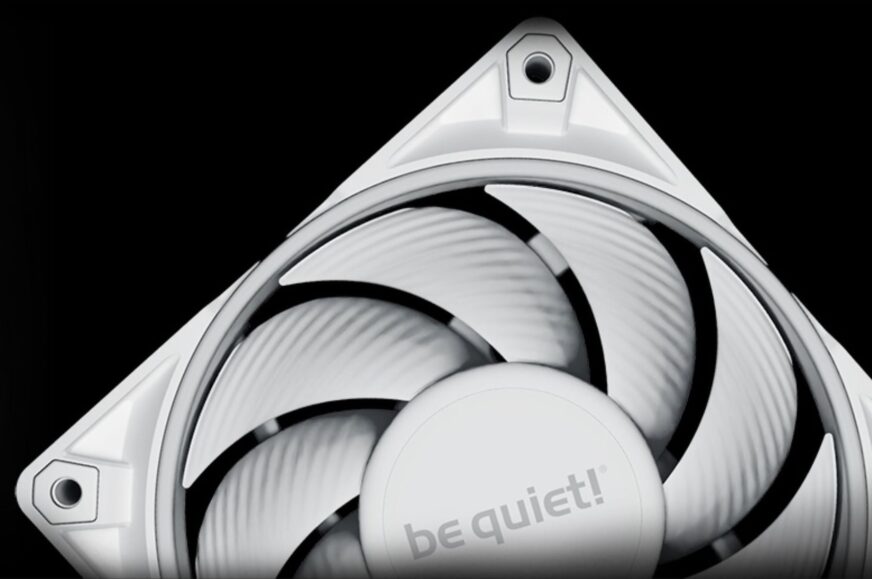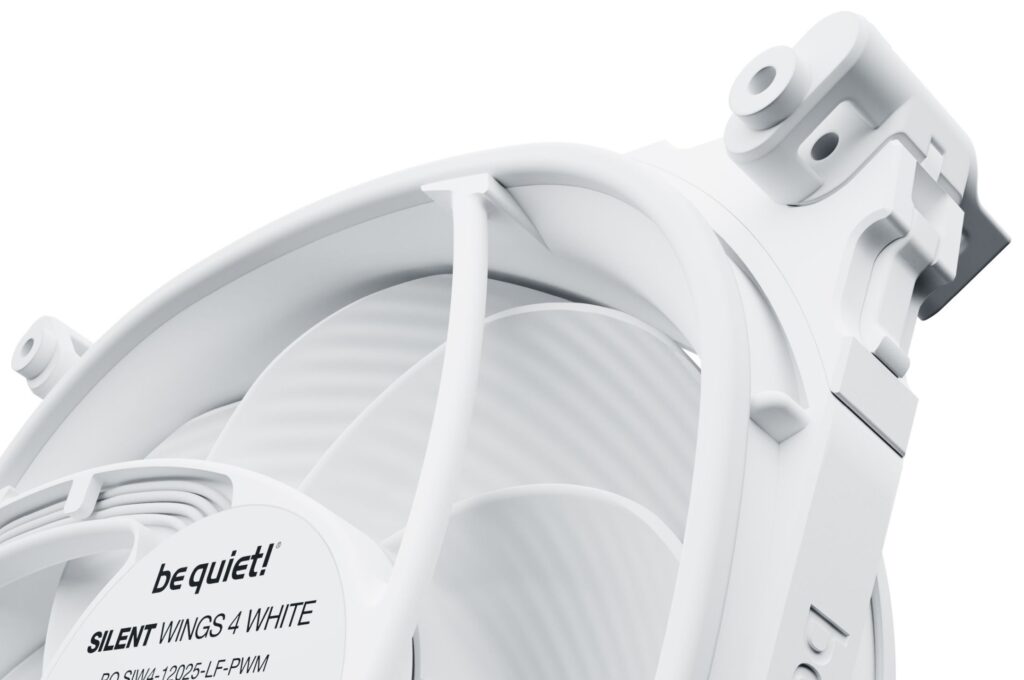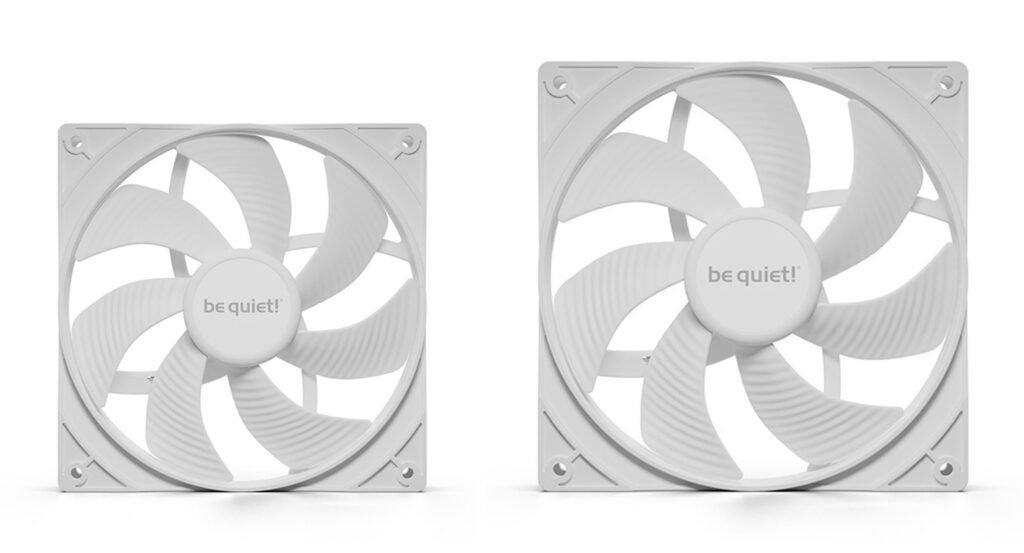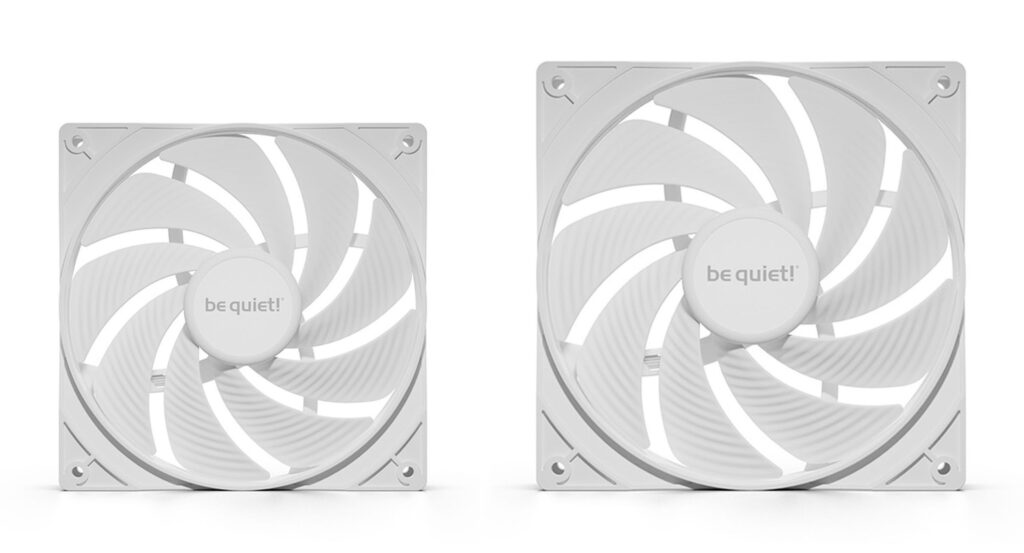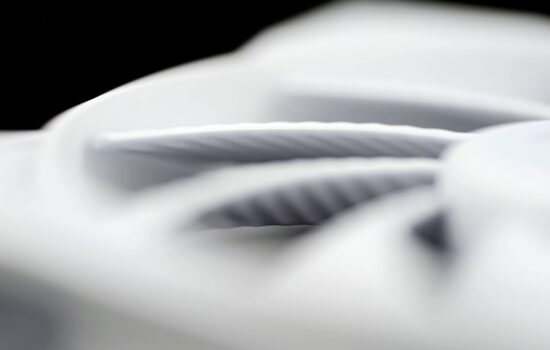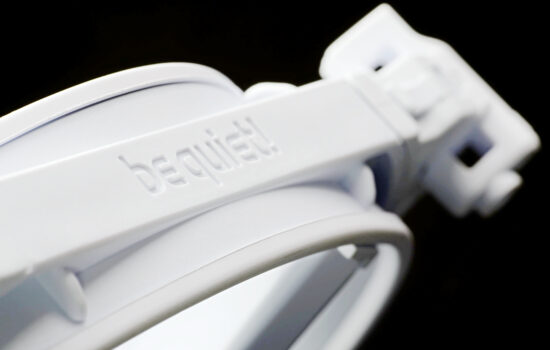Silent Wings (Pro) 4 White and Pure Wings 3 White
Both 120 and 140 mm BeQuiet! fans from the Silent Wings (Pro) 4 and Pure Wings 3 series are now available in an all-white design. So both more expensive and cheaper fans, which have in common a very high airflow per unit of noise. Across the entire price spectrum, you are dealing with some of the most efficient fans you can buy for computers. And not just among the white ones.
After black there comes white. In the Silent Wings (Pro) 4 and Pure Wings 3 series, BeQuiet has added white variants to the selection of black options. Nothing has changed in terms of geometry or speed, and as for the top of the range Silent Wings Pro 4 models, the fans are available in white (as well as black) in two formats.
The impeller of the smaller variant (BL118) is made up of nine blades with more pronounced leading edge curvature. The blades, by the way, are very tightly packed one behind the other and high static pressures are achieved due to the extra-small gaps. At maximum speed (3000 rpm), static pressure is specified at up to 5.31 mm H2O, this at the same time at a high airflow of 142.5 m3/h. In practice, on obstacles, the airflow will always be lower, but due to the aforementioned high static pressure, the drop tends to be smaller than in the vast majority of competing fans. You can also see this in our tests, where we also have the results of the 140-millimeter Silent Wings Pro 4 fans. These also have seven blades in the white version (BL119). The static pressure is lower here compared to the 120 mm variants (at max. 2400 rpm the official parameters state 3.64 mm H2O), but due to the larger cross-section of the impeller with longer blades, there is still a bit more air flowing through the radiator, and at the same time at a lower noise level.
With the white variants, the results may be slightly different than With the black ones. For example, as you know from comparing the Corsair AF120 Elite fans in black and white, the “color” can have an effect on vibration and consequently on noise. Or rather, the different stiffness of the materials, which may or may not have an effect with different compositions (and this always varies with different color designs), has an influence. It depends on how much care the manufacturer has taken in terms of the composition to achieve as similar blade stiffness as possible across the different materials.
In addition to the “Pro” variants, the white Silent Wings 4 fans are also available in basic versions. These always differ by a lower maximum speed and also use ordinary corners that don’t fit too well on radiators. They’re already great for cases though, that too for the anti-vibration mount. The white Silent Wings 4 fans are therefore available in four variants, where both the 120 mm and 140 mm formats have their slower (BL114 a BL116) and faster (BL115, BL117) variants.
If the Silent Wings (Pro) 4 fans are above your price budget, then there are also the Pure Wings 3. However, their belonging to a lower class does not mean significantly weaker cooling efficiency. On the contrary, it remains very high and the lower price tag is achieved by BeQuiet! by using a cheaper frame, cheaper motor (4-pole instead of 6-pole) or cheaper bearings (rifle instead of FDB). As a result, the service life specified for the Pure Wings 3 is also shorter at 80,000 hours instead of 300,000 hours of the Silent Wings (Pro) 4.
With the Pure Wings 3 fans (and this is also true with the new, white ones), there are already two different impeller geometries in the same format. The slower variants (BL110 and BL112) have seven wider blades, while the faster, high-speed variants (BL111 and BL113) have nine narrower blades.
While the black Pure Wings 3 fans were also available in DC variants (i.e. with a 3-pin connector for linear voltage supply), the white ones are only 4-pin (PWM).
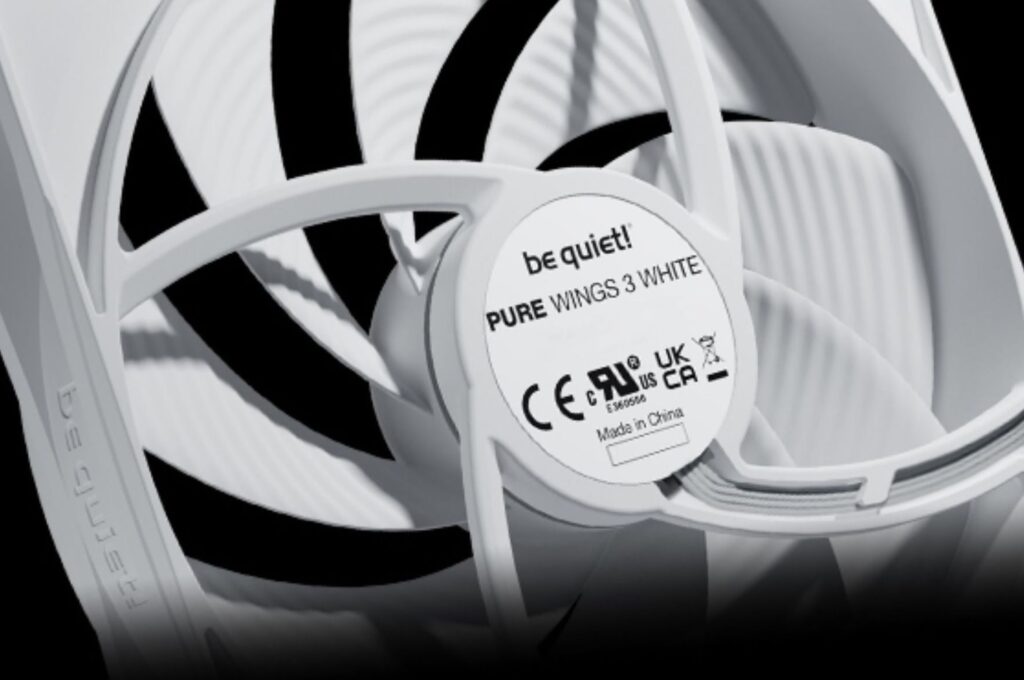
Tip: BeQuiet! Pure Wings 3 (BL108): Efficient and “cheap” in 140 mm
The new white BeQuiet fans are already arriving in stores. The 120-millimetre Pure Wings 3 White models start at 10 EUR, 140-millimetre models are about a euro more expensive. The Silent Wings Pro 4 White will cost you roughly three times as much (around 30 EUR per piece), with Silent Wings Pro 4 White you can save roughly 7–10 euros.
English translation and edit by Jozef Dudáš





